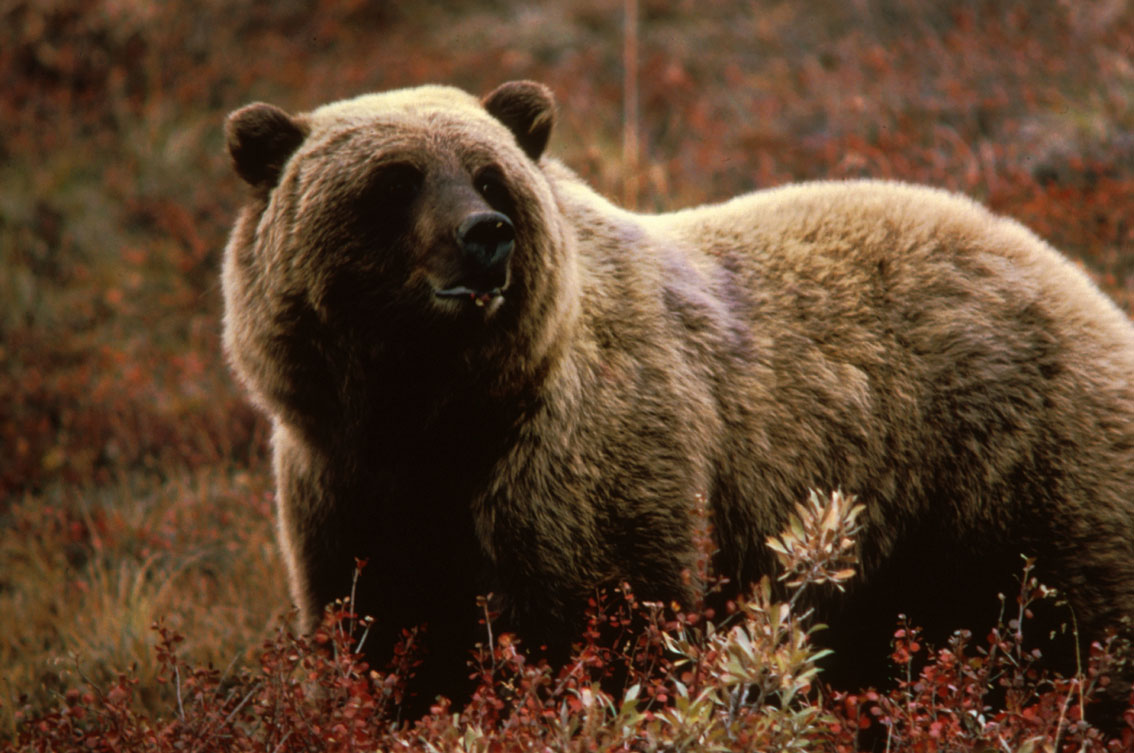
The following op-ed in the New York Times provides broad visibility for grizzly bear conservation issues . . .
In 1805 the explorers Meriwether Lewis and William Clark, making their way across the West, were warned by American Indian tribes of grizzly bears’ awesome strength. At first Lewis scoffed at the tribes’ advice, writing in his journal that “in the hands of skillful riflemen they are by no means as formidable or dangerous as they have been represented.” A few terrifying encounters with the bears, though, changed his mind about that.
A little more than a century later, crowds at Yellowstone National Park would gather in delight to watch the bears dine on food scraps. Signs were marked “Lunch Counter … for Bears Only.” Those days are long gone, but crowds still flock to Yellowstone — nearly four million visitors every year — partly to catch a glimpse of the storied creatures.
I’ve seen a few wild grizzly bears, mostly in Alaska and British Columbia, and always from a distance. But each grizzly I’ve caught sight of was as fearsome and sublime as the last. You never get used to their raw power and massive bodies, or the mysterious intelligence in their dark, close-set eyes.